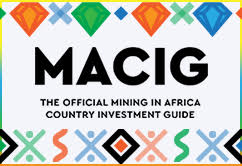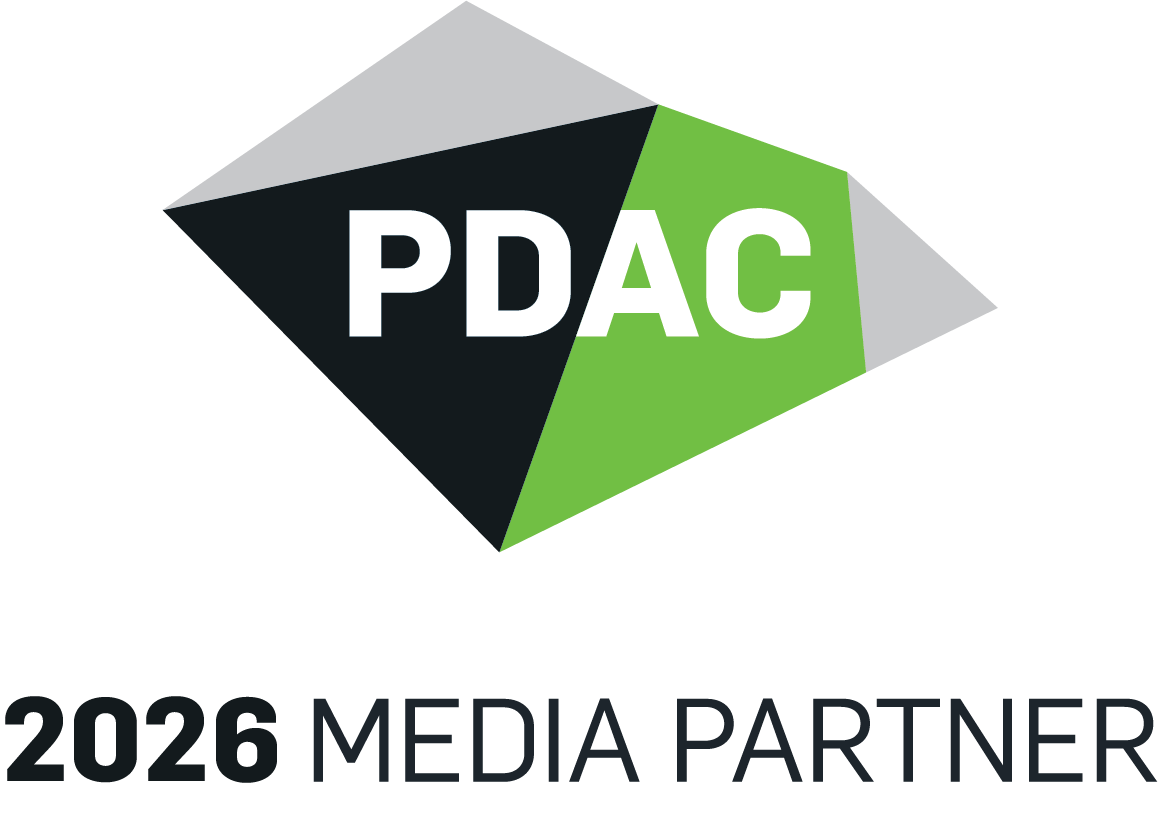SEARCH RESULTS FOR:

Peter Geleta
CHIEF EXECUTIVE OFFICER, TRINITY METALS
"Rutongo is now Rwanda’s largest and Africa’s second-largest tin producer; Musha ranks as Rwanda's second-largest, while Nyakabingo is the continent's top tungsten producer."
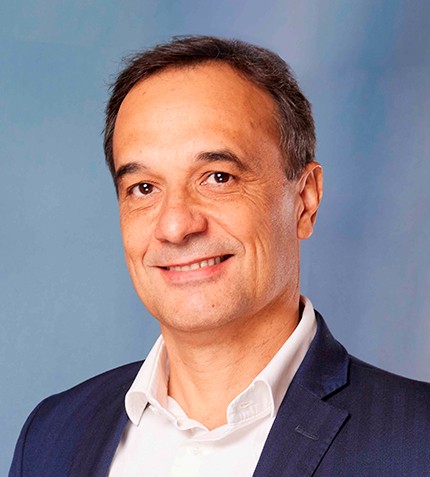
Rodrigo Couto
PRESIDENT LATAM, HEXAGON
"We aim to be technology enablers by consolidating multiple operational solutions into a single interface."
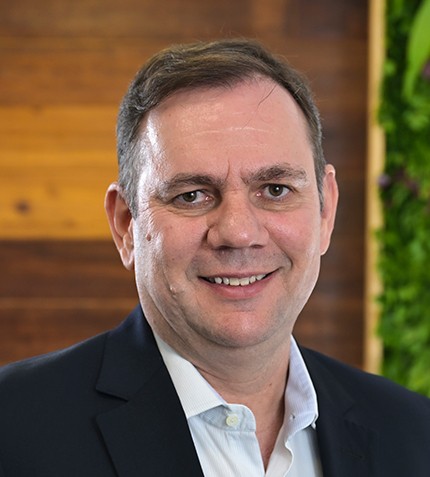
Rodrigo Vilela
CEO, SAMARCO
"In 2025, we aim to produce approximately 15 million t of pellets, which positions us as one of the largest exporters globally, as we were in the past."
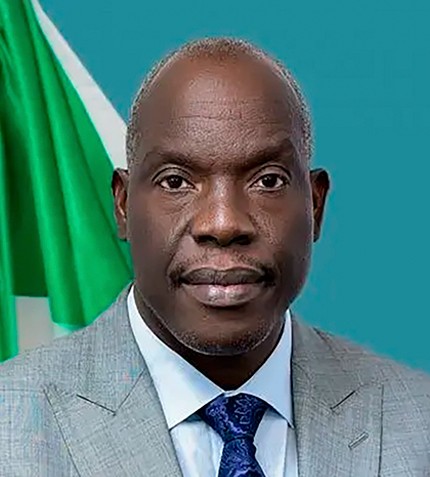
Gbenga Komolafe
COMMISSION CHIEF EXECUTIVE, NIGERIAN UPSTREAM PETROLEUM REGULATORY COMMISSION (NUPRC)
"As a 21st-century regulator, the NUPRC aims to create value transparently, ethically, and sustainably for Nigerians and stakeholders."
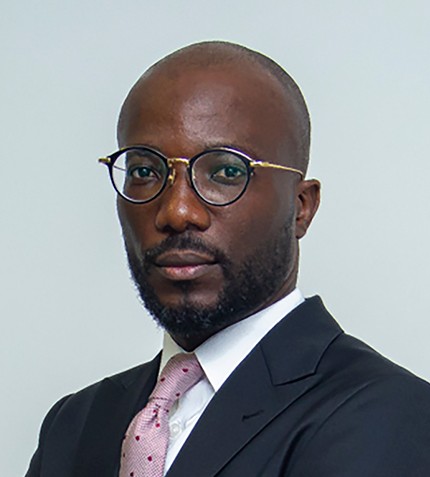
Edilson Bartolomeu
CEO, ACREP ANGOLAN E&P COMPANY
"We are committed to becoming a major independent energy producer. This goal drives us to explore new opportunities and monetize the existing gas reserves in the Cabinda South Block."
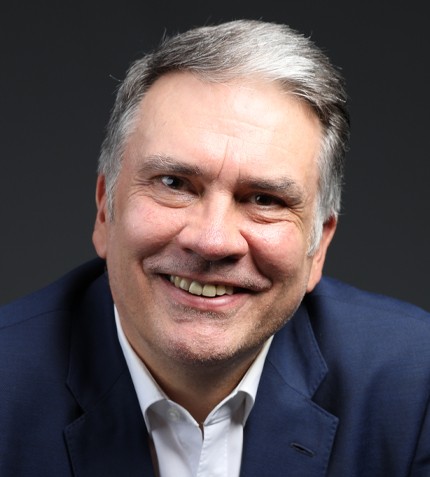
Martin Sack
REGIONAL HEAD AMERICAS, LESCHACO
"Latin America has the advantage of pivoting to different economies and cannot simply align exclusively with one major power over another."
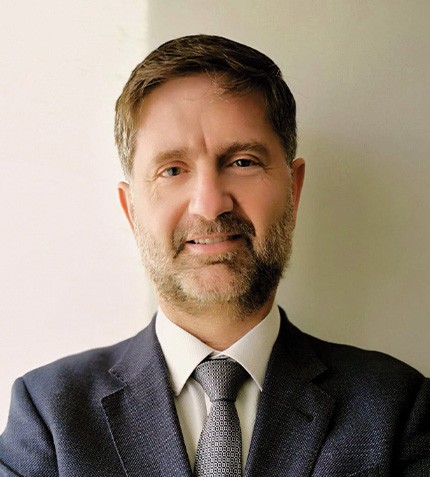
Jorge García
GENERAL MANAGER, PETROQUIM
"While being local offers the advantage of swiftly managing stock shortages, the real key is staying close to the client and providing top-tier support."
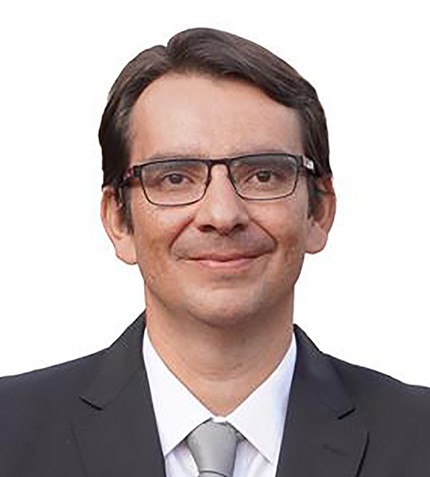
Óscar Navas
BUSINESS DEVELOPMENT DIRECTOR – ANDEAN REGION, TECHINT ENGINEERING & CONSTRUCTION
"We leverage our experience in Chile, where we work on the ongoing construction of desalination plants and water pumping systems."
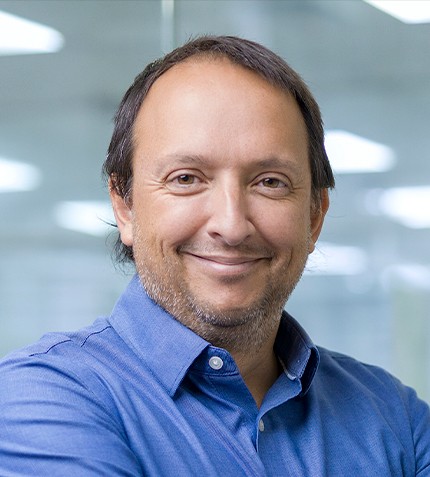
Alvaro López
GENERAL MANAGER, WEIR PERU
"In mines with an established history, the challenge lies in balancing continuous improvement of efficiency and sustainability with maintaining daily operability and performance results."
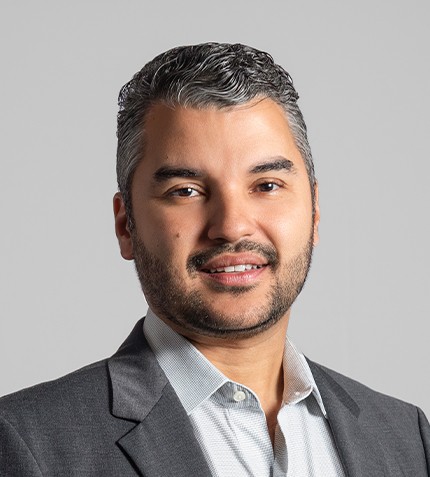
Rodrigo Nunes
COO, HOCHSCHILD MINING
"Our positive experience in Brazil has encouraged us to continue growing in the country."




